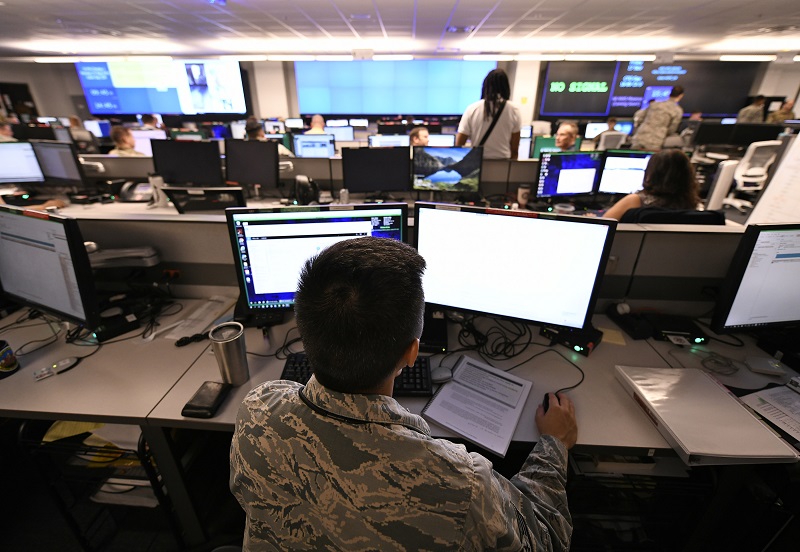On April 5, the United States Army Futures Command (AFC) posted a broad agency announcement (BAA) for disruptive technologies. The BAA will be open until 2029.
AFC is focused on modernizing the Army. AFC’s cross-functional teams (CFTs) are the Army’s vehicle for force modernization, ensuring capability overmatch for Army forces on future battlefields.
While the Army plays a unique role in our society to deploy, fight, and win decisively against any adversary, anytime, and anywhere, many of the technologies that the Army relies on to accomplish this mission are being propelled by the civilian world. Army modernization priorities related to manned and unmanned vehicles, space systems, sensing, networks and connectivity, data visualization and gaming, space, and human performance monitoring (to name a few) all have substantial overlap with civilian sources, uses, and markets.
To capitalize on opportunities for breakthrough research and development in key civil-military technology areas relevant to the Army’s modernization priorities, AFC has established the Army Applications Lab (AAL) to capitalize on the extended marketplace of ideas in government, academia, industry, and civilian innovation ecosystems and lead the research and development of disruptive innovations – i.e., technology demonstrators and early-stage products that revolutionize Army capabilities and corresponding civilian industries and create a first-mover advantage for the Army across a full spectrum of missions.
The three main lines of effort associated with this BAA are discovery, acceleration, and translation of disruptive technology applications:
- Discovery of novel capability concepts that capitalize on emerging technologies and application insights from the widest possible range of sources.
- Acceleration of disruptive applications of technology that delivers a 2-4 times improvement over current or planned Army capabilities through the research, development, and validation of technology demonstrators.
- Translation of breakthrough innovations that create a scalable, first-mover advantage for the Army in strategic technology areas by synchronizing knowledge generated in the discovery and acceleration phases with key decision points across the Army Future Force Modernization Enterprise (FFME).
Solutions consistent with these three functions and reflective of priorities, technical challenges, and problems associated with the FFME will be solicited through this BAA.
AAL is seeking technologies that address a wide range of Army needs consistent with CFT capability focus areas and associated programs and lines of effort as well as potentially disruptive new capabilities that augment or enhance Army capability overmatch. A key focus for AAL is to identify and transition new technologies, methodologies, and concepts related to:
Translational Research – Approaches and methodologies that accelerate the Army’s innovation cycle through the translation of emerging technologies to Army capability objectives, including the Army’s six modernization priorities and associated programs and lines of effort.
Fourth Industrial Revolution Technologies – Approaches and methodologies that are characterized by a fusion of technologies in the physical, digital, and biological spheres. Specific technologies of interest include robotics; artificial intelligence; autonomy; augmented and virtual reality; nanotechnology; quantum information systems; synthetic biology and biotechnology; Internet of Things (IoT); space systems; advanced networking, communications, and command and control technology; additive manufacturing; and power and energy systems.
Commercialization – Approaches and methodologies that support the research and development of dual-use solutions – i.e., solutions that support both emerging Army needs and scalable commercial markets.
Review the Army Futures Command disruptive technology BAA.
Source: SAM
IC News brings you business opportunities like this one each week. If you find value in our work, please consider supporting IC News with a subscription.









